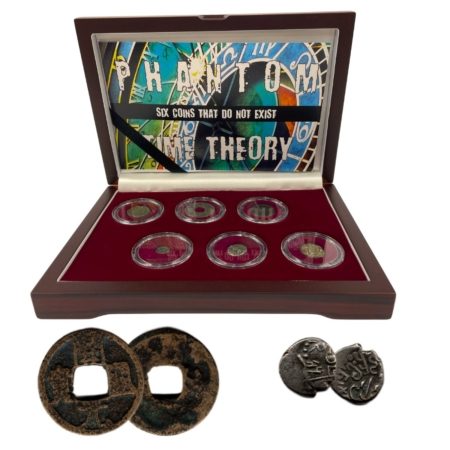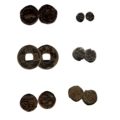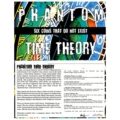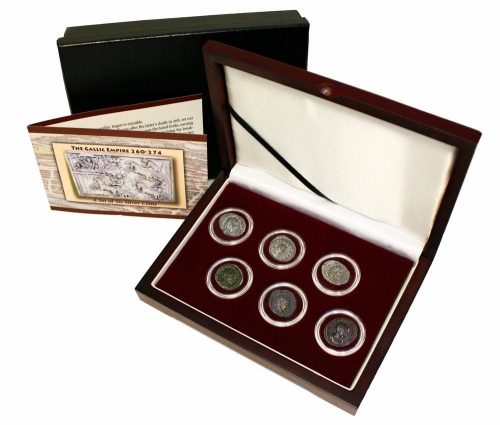Description
In 1991, a German historian named Heribert Illig proposed a controversial, if not complete crazy, theory: late in the tenth century, a Holy Roman Emperor, a Pope, and possibly a Byzantine emperor conspired to jump the calendar three centuries ahead—fabricating the Anno Domini dating system retroactively. The purpose was to bring the present closer to the end of the first millennium, when Christ was supposed to return, and also to legitimize Otto III’s claim to the throne.
According to Illig’s theory, the years from 614-911 are
”phantom time,“ and did not exist.
Illig supports his thesis by citing a relative scarcity of archeological material from that period, the reliance of medieval histories on written (and thus easily faked!) documents, the existence of Romanesque architecture in Europe, and some sort of discrepancy dating to the adoption of the Gregorian calendar.
There are obvious holes in this theory. Charlemagne, for example. The rise of Islam. Calendars from other parts of the world. Astronomical records. Common sense. And, of course, coins—like the six in this collection.
Historians consider this a conspiracy theory. Only Otto III
knows for sure.-
-This boxed collection features six historical coins that,
if Heribert Illig is correct, do not exist:
1/ Byzantine Empire, 12 nummi
These bronze coins were struck by Heraclius in the second decade of the seventh century, which did not happen.
2/ Tang Dynasty, cash coin
The Tang ruled China from 618-907, a period that almost exactly overlaps
with the ”phantom time,“ and thus didn’t take place.
3/ Kingdom of Nepal, drachm
The king of the Lichhavi Kingdom, Narendradeva, issued these coins
from 641-680. Perhaps lack of oxygen contributed to bad dating.
4/ Amirs of Multan, fals
Issued by the sultans of Punjab and Sindh in the ninth century, a
hundred-year period that never happened.
5/ Kingdom of the Maitrakas of Valabhi, drachm
Because few in the Western world have ever heard of Valabhi, that clearly means no such place issued coins during the ”phantom time“ period.
6/ Persia, jital
The Saffarid Dynasty that made these coins in the ninth century was a
figment of the imagination of Otto III’s court scribes.
















